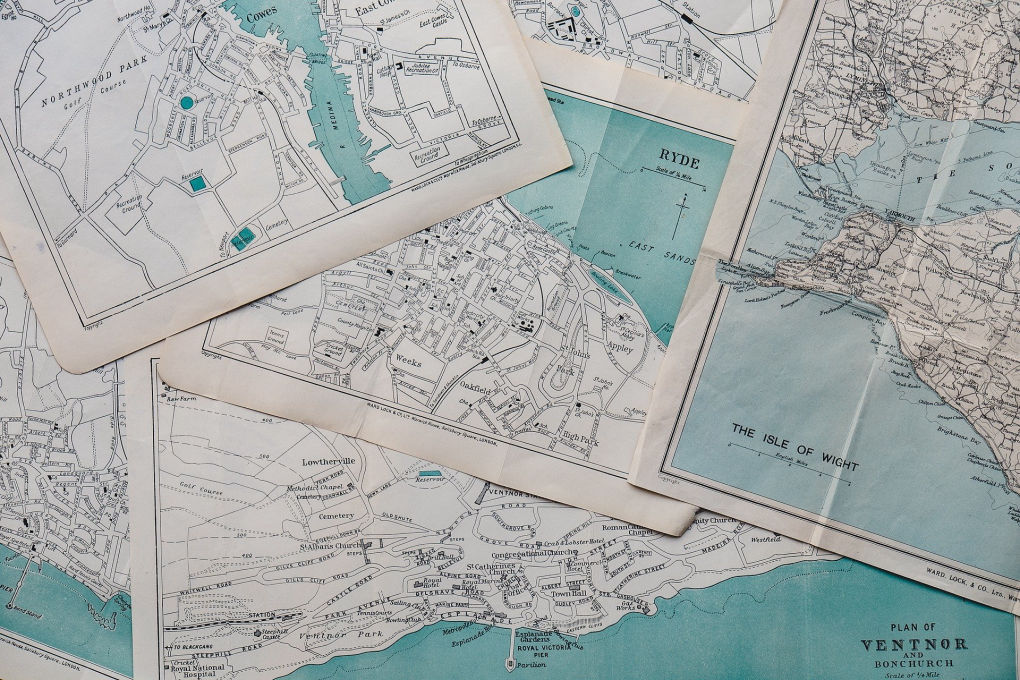Globally, geospatial concepts are becoming increasingly important in epidemiological and public health research. Individual level linked population-based data afford researchers with opportunities to undertake complex analyses unrivalled by other sources. However, there are significant challenges associated with using such data for impactful geohealth research. Issues range from extracting, linking and anonymising data, to the translation of findings into policy whilst working to often conflicting agendas of government and academia. Innovative organisational partnerships are therefore central to effective data use. To extend and develop existing collaborations between the institutions, in June 2019, authors from the Leeds Institute for Data Analytics and the Alan Turing Institute, London, visited the Geohealth Laboratory based at the University of Canterbury, New Zealand. This paper provides an overview of insight shared during a two-day workshop considering aspects of linked population-based data for impactful geohealth research. Specifically, we discuss both the collaborative partnership between New Zealand’s Ministry of Health (MoH) and the University of Canterbury’s GeoHealth Lab and novel infrastructure, and commercial partnerships enabled through the Leeds Institute for Data Analytics and the Alan Turing Institute in the UK. We consider the New Zealand Integrated Data Infrastructure as a case study approach to population-based linked health data and compare similar approaches taken by the UK towards integrated data infrastructures, including the ESRC Big Data Network centres, the UK Biobank, and longitudinal cohorts. We reflect on and compare the geohealth landscapes in New Zealand and the UK to set out recommendations and considerations for this rapidly evolving discipline.
Cite: Oldroyd, R.A., Hobbs, M., Campbell, M. et al. Progress Towards Using Linked Population-Based Data For Geohealth Research: Comparisons Of Aotearoa New Zealand And The United Kingdom. Appl. Spatial Analysis (2021). https://doi.org/10.1007/s12061-021-09381-8





